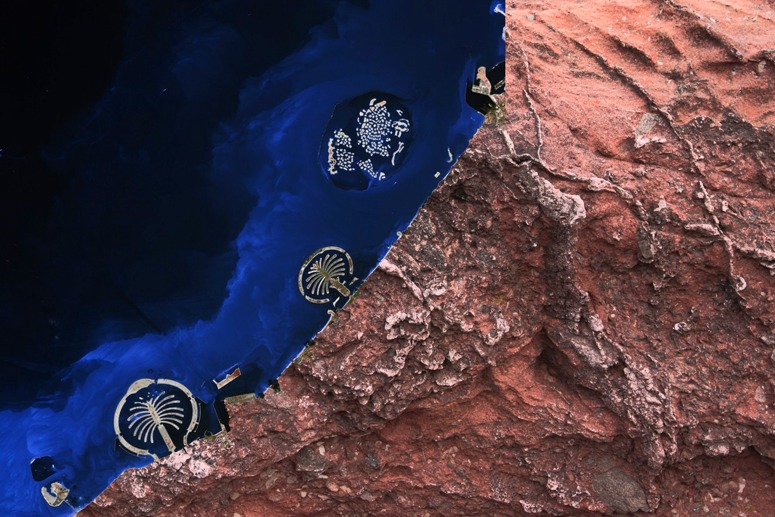
Once upon a time there was a small harbour on the edge of a great desert. The people lived happily, worshiped Allah, caught fish and raided passing mariners. British galleons came to stop the piracy. Later, the infidels discovered oil and water lurking far beneath the desert sands – and pumped them up. The small harbour grew to be a great city. Allah made the people rich, but he disliked the western ways.
Then an oil well blew out in the Gulf of Mexico. It too was run by the British and it made the seas filthy. Everybody hated this. So the Americans, the Chinese the Europeans and the Australians (who foresaw a comparable fate) hurled resources into energy research. In the first decade of the 21st century the Americans had spent more money on pet food than on energy research. In the second decade, the money spent on energy research towered over that spent by Russia and America on Atom Bombs, Ballistic Missiles and Moon Landings. Europe decided that the Romans and been geographically correct, so they invited North Africa to join the EU and then carpeted half the Sahara Desert with solar cells. Solar energy became so cheap that 75% of the world’s oil wells were shut down.
The great city on the Arabian Gulf spent its last tourism and oil revenues on solar-powered desalination, but global warming had made the region so hot that no one wanted to be there, even in winter, and the fossil water resources were all gone. So the great city which had been a small port, called Dubai, was abandonned like the Roman towns in North Africa.
The last woman to leave was heard to say: ‘Sheik Yamani, peace be upon him, was right “The Stone Age did not come to an end because we had a lack of stones, and the oil age did not come to an end because we had a lack of oil”‘
The last man to leave turned out the lights and muttered: ‘Allah be praised, Allah be delighted, blessed be the name of Allah to all Eternity’.
Policy implications of desertification
So the question is: what should be done to prepare for desertification? My belief is that instead of beeing looted as it is vacated, which is the usual fate of abandonned cities, Dubai should be carefully buried in sand for the benefit of future archaeologists. As at Pompeii, everything should be left, including furnishings, computers, books, booze, gold taps and porno videos (if present). The strongest argument for this approach is safety. A near-empty city could be more dangerous than Afghanistan. To make the deserted desert city safe, I imagine the best policy would be to explode a perimeter ring of buildings and add in other debris (eg cars) to make a barrier which would cause blown sand to accumulate. Wind tunnel tests should be put in hand to see if there are any urban design and planning measures which could assist the accumulation. Previous work on coastal sand dune stabilization would be useful.
Image note: the left part of the image is from a NASA photograph of Dubai; the right part of the image is of Devonian sandstone laid down under desert conditions near the Equator and then moved to Scotland by continental drift. The ‘lumps’ are breccia which became incorporated in the sandstone at the lower horizon of the sedimenary deposition. In geological time, everything changes.

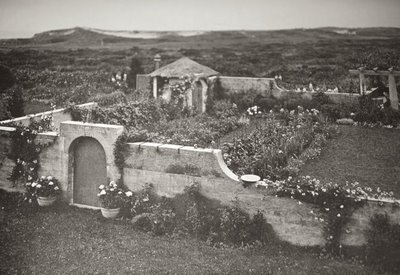

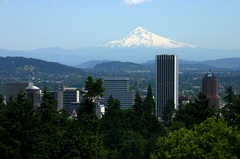
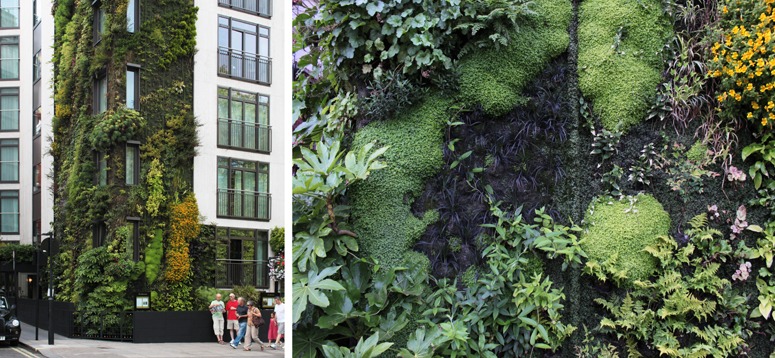
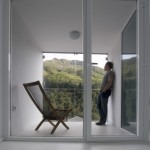 So what are the essentials of life for the modern batchelor in the Green Age? Is a good view to a natural setting a pre-requisite for
So what are the essentials of life for the modern batchelor in the Green Age? Is a good view to a natural setting a pre-requisite for 